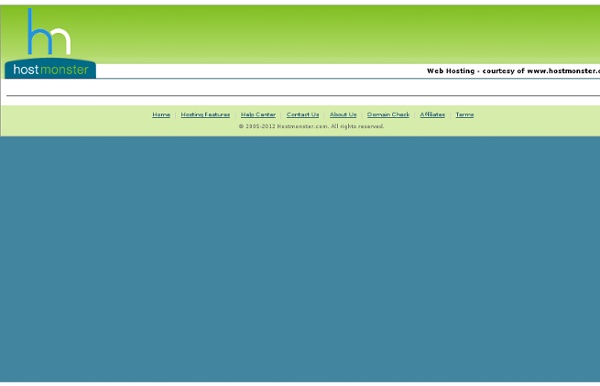



the free encyclopedia 20 Common Grammar Mistakes That (Almost) Everyone Gets Wrong I’ve edited a monthly magazine for more than six years, and it’s a job that’s come with more frustration than reward. If there’s one thing I am grateful for — and it sure isn’t the pay — it’s that my work has allowed endless time to hone my craft to Louis Skolnick levels of grammar geekery. As someone who slings red ink for a living, let me tell you: grammar is an ultra-micro component in the larger picture; it lies somewhere in the final steps of the editing trail; and as such it’s an overrated quasi-irrelevancy in the creative process, perpetuated into importance primarily by bitter nerds who accumulate tweed jackets and crippling inferiority complexes. But experience has also taught me that readers, for better or worse, will approach your work with a jaundiced eye and an itch to judge. While your grammar shouldn’t be a reflection of your creative powers or writing abilities, let’s face it — it usually is. Who and Whom This one opens a big can of worms. Which and That Lay and Lie Moot Nor
wiseGEEK: clear answers for common questions All About Nouns They're More Than Just Names, You Know Most people are familiar with proper nouns, like names. But did you know there are alsocommon nouns, non-count nouns, and countable nouns? The English word "noun" comes from the Latin nomen, meaning "name." We use nouns to name things, such as a person, animal, object, place, or action or abstract idea, such as an event or quality (boy, koala, block, farm, invasion, or kindness). Nouns can be defined more precisely by the other words that go with them. He liked the chocolate. The difference between proper nouns and common nouns Proper nouns are the names of individual people, places, days of the week, months of the year, or companies, such as Mary, Paris, Sunday, or Heinz. The four properties of nouns The four formal properties of nouns are case, gender, number, and person. Case Case defines the role of the noun in the sentence—as the subject or object or to show possession. The French player (subject) is especially tall. Gender Number Person
Schoolism Gesture Drawing with Alex Woo The top artists at the top studio never stop learning. But have you ever wondered who teaches them? Award-winning story artist, Alex Woo, does. In this incredible, eye-opening course, Alex will break down the fundamentals of gesture drawing into 7 foundational topics. "Gesture Drawing with Alex Woo" consists of 8 lectures presented over 12 weeks. Lesson Plan Watch Preview Lesson 1 - Line of Action The line of action is the foundation upon which you will build the rest of your drawing. Lesson 2 - Shape Shape will help you determine the overall feel and dynamics of your drawing. Lesson 3 - Silhouette Creating a strong silhouette will enhance your drawing's "readability". Lesson 4 - Space Using space will help give your drawings depth, and make them feel grounded in a physical reality. Lesson 5 - Exaggeration Lesson 6 - Extrapolation Extrapolation is the process by which you "read between the lines" and see beyond what is there. Lesson 7 - Story Lesson 8 - Final Review
IdiomSite.com - Find out the meanings of common sayings 100 Websites You Should Know and Use In the spring of 2007, Julius Wiedemann, editor in charge at Taschen GmbH, gave a legendary TED University talk: an ultra-fast-moving ride through the “100 websites you should know and use.” Six years later, it remains one of the most viewed TED blog posts ever. Time for an update? We think so. Below, the 2013 edition of the 100 websites to put on your radar and in your browser. To see the original list, click here. And now, the original list from 2007, created by Julius Wiedemann, editor in charge at Taschen GmbH. In the spring of 2007, Julius Wiedemann, editor in charge at Taschen GmbH, gave a legendary TED University talk: an ultra-fast-moving ride through the “100 websites you should know and use.” To see the original list, click here. And now, the original list from 2007, created by Julius Wiedemann, editor in charge at Taschen GmbH.